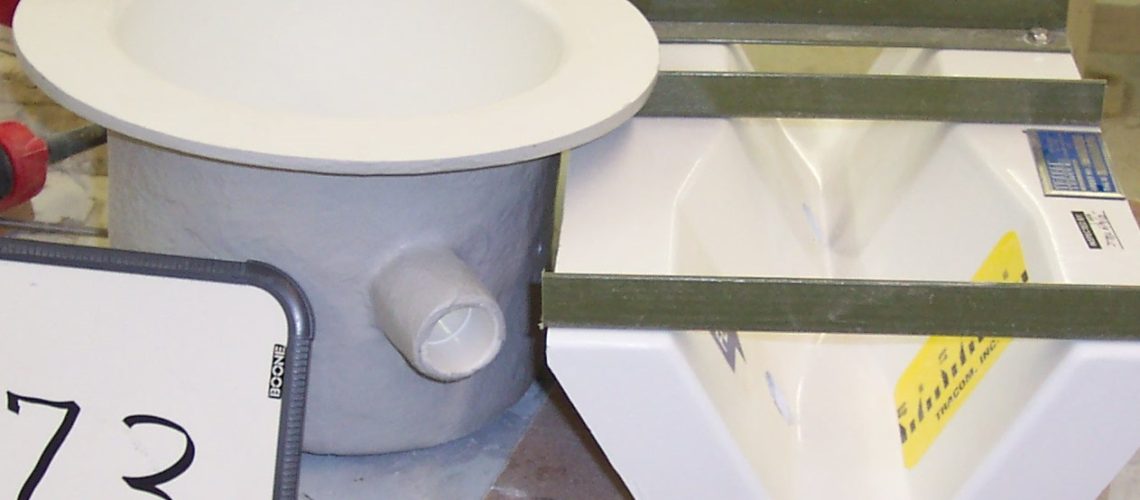While there are plenty of problems that can arise when you use flumes and weirs, one of the most frustrating can be foam. When foam forms on the surface of your flow, it can compromise your measurement efforts significantly, so you’ll have to adjust accordingly to keep getting the accurate measurements you require. Here’s what you need to know about foam and how to deal with it.
Types of Foam
There are two primary types of foam you’ll be dealing with. The first is chemical foam. This is the kind that appears to be white and fluffy like most people imagine when they think of foam in general. It tends to collapse quite easily when touched, and it’s the easiest to deal with. All you really need to do is input defoaming agents into the spot of your flow that generates the foam. Meanwhile, antifoaming agents can be fed upstream of the foam generating spot.
The second type of foam is biological foam. This is typically brown, sticky and very off-putting. It typically forms due to fat, oil or grease in your stream, commonly referred to as FOG. Any hydrocarbons can create biological foam, however, so be on the lookout for those as well. Biological foam doesn’t respond to defoaming agents, since those agents are meant to address industrial-grade chemicals. For biological foam, you’ll have to take a different approach.
Dealing With Foam
If you’re looking to rid your flow channel of foam, one of the best strategies is to install a stilling well. These are cylindrical add-ons for your flume or weir that change the way your flow channel operates. With a stilling well in place, the inlet takes in part of the flow, including any foam on the surface. This may be enough to eliminate the foam entirely, but it almost always reduces it a significant amount at the least.
In addition to stilling wells, you can implement underflow baffles. These add-ons are vertical inserts into the flow channel that stop foam upstream of the point of measurement. Additionally, baffles tend to keep flows quiescent, which is a condition that’s less likely to generate foam. Just remember that the baffle plate must extend high enough past the surface to prevent the foam from overtopping it.
Why Foam Is a Problem
The primary problem with foam is that it throws off flow rate measurements. Specifically, ultrasonic flow meters are rendered functionally useless since the increased height of the flow that foam causes will always be measured by an ultrasonic meter rather than the actual surface of the flow itself.
While a submerged probe or bubbler-type meter can be a useful alternative, it still doesn’t eliminate the problems foam causes. Biological foam, in particular, can compromise the effectiveness of bubbler meters, while probes don’t respond well to temperature fluctuations, something that biological foam can also cause.
Prepare for Foam With Tracom
With what you need to know about foam in mind, it’s time to take action and make sure your flow rate measurements are protected. That’s where Tracom can help.
Contact our team today to find stilling wells and everything else you need to keep that foam in check.



